Last updated on January 13th, 2025
Lead image: Whale shark season usually runs from November to April in La Paz, Mexico / Photo via Envato by Image-Source
A once-in-a-lifetime experience with the world’s largest shark
by Carolyn Ray
There’s so much plankton in the choppy water that it’s hard to distinguish if the massive black shape moving toward me is real or a figment of my imagination. Then it turns, and I see the white spots glimmering in the sunshine and an enormous mouth slung wide open, coming right at me. Seeing a 30-foot whale shark only a few feet away is shocking at first. Whale sharks are the world’s largest fish and can grow to over 60 feet /18.8 metres, the size of a tractor-trailer. A whale shark’s mouth can stretch five feet across, with five sets of gills that filter food. Females are larger than males and can have a life span of 80 to 130 years.
Even though the whale shark swims slowly in a dream-like state while feeding, once they’re satisfied, that powerful, swooshing shark-like tail makes them hard to keep up with. When a whale shark I’m observing suddenly changes direction, Pablo, my marine biologist guide, yanks me out of the way. I paddle backwards awkwardly, trying not to get too close, as the shark glides past, within a few feet of my flippers. On my second dive with the sharks with On Board Baja, there are so many of them that I swim in circles, afraid to bump into one to avoid the other.
Protecting the whale sharks in the Sea of Cortez is a role the locals relish. These placid fish swim slowly, in circles, with their heads and dorsal fins visible above the water. It’s here that the plankton is pushed along the shore, creating the perfect dining — and viewing — opportunity, particularly from late November to April. Whale sharks are listed as endangered on the IUCN Red List, and their populations are currently decreasing. They face a range of threats, including vessel strikes, bycatch, fisheries, finning, tourism, and climate change. La Paz is considered the one of the best places for sustainable whale shark tourism in the world, alongside Australia. For me, it’s an experience that reminds me how small we humans really are in the world’s ecosystem and how important it is to trust ourselves and nature when swimming alongside these giant creatures.
La Paz inspires a spirit of adventure
I’m spending December and January in the small town of La Paz, Mexico on the Baja California coast, about two hours north of Cabo San Lucas. While the whale sharks were the initial attraction for me, La Paz has many other activities that appeal to adventurous women.
One is the world-famous white-sand Balandra Beach, part of the Balandra Flora and Fauna Protection Area, which is known for its famous ‘Hongo’ or mushroom rock formation, known as the symbol of La Paz. Sadly, the original formation was broken a few years ago, reportedly by a Mexican football team that climbed on it for a photograph, but a replica is in its place.
Within an hour’s drive of La Paz are the massive El Mogote sand dunes, where I overcome my fear of breaking all the bones in my body and find the courage to slide down a 100-foot hill on a snowboard. After a few tries, I’m hooked, and don’t want to leave until the sun sets. At the world-famous Los Cerritos surf beach, I try my luck on a board again. While I don’t last long, I’m encouraged by Luis at Mario’s Surf Shack, who laughs at me when I fall off for the 200th time. Maybe I should to stay in the water, where I feel more at home.
Jacques Cousteau called this area the ‘aquarium of the world’ for its incredible biodiversity, which includes many varieties of whales, sharks, manta rays, dolphins and sea lions. The Sea of Cortez runs along the San Andreas Fault line, producing an incredible array of ocean life. In my time in La Paz, I see frigate birds soar overhead and gape at blue-footed boobies. It’s no wonder this is called the Galapagos of Mexico.
Like the Galapagos, tiny La Paz, a rather sleepy city of about 250,000 people, has vehemently resisted development. Its residents have protested in the streets against a massive cruise ship port that would have brought over 300 ships a year here and stopped all-inclusive resorts and chain hotels from building on the beaches. Everything in La Paz, including the hotels, restaurants and shops, must be locally owned.
Stefanie Sanchez, co-founder of On Board Baja, was born in La Paz but grew up in Montreal, Canada. Eight years ago she returned to start her own business. “I love how fiercely locals protect the beaches and wildlife. In 2020, the community gathered to block the construct of a large cruise ship terminal that was meant to be built in the bay adjacent to Balandra. Locals understand the importance of tourism, but are not willing to sacrifice the natural beauty and habitat of so many species to cater to mass tourism. We appreciate tourists who come for a few days and soak up the culture and scenery.”
Before the pandemic, the large cruise ships brought over 3,000 people a day from Cabos San Lucas, overwhelming the white sand beaches of Balandra. Now, only 600 people are allowed (300 in the morning, 300 in the afternoon), and there’s a fee of $60 pesos to enter. Over and over again, I hear ‘we don’t want to be like Cabo’.
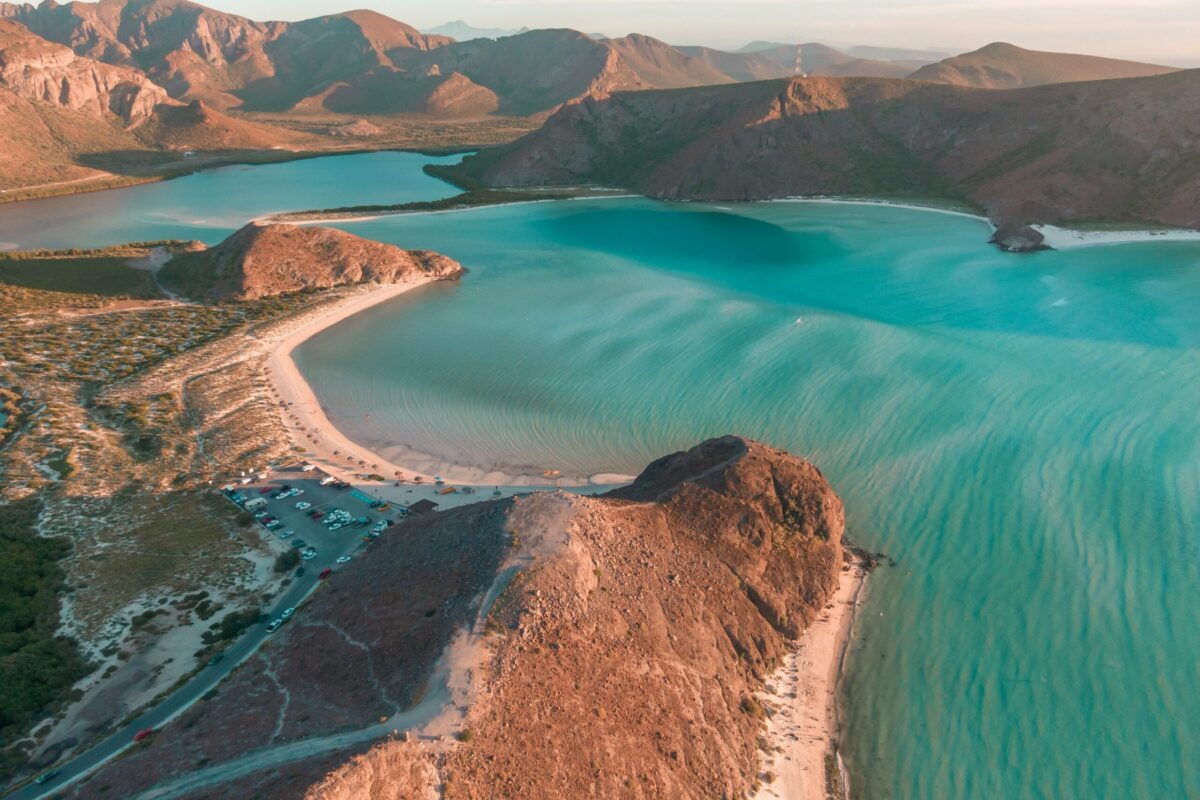
Balandra Beach, La Paz, Baja California Sur| Photo by Plan B Viajero via Shutterstock
Protecting the whale sharks
After swimming with the whale sharks, I see why the town has resisted having hundreds of people a day visit.
As we leave the harbour at our assigned time in a small fishing boat, there is a visual checkpoint where the guide and pilot check in with the authorities and make sure the whale shark flag and pass is visible. Speed is restricted to 3 knots when a whale shark is sighted, and when I am there, only six boats are allowed in the conservation area, which stretches along a sandbar. The boats are tracked by GPS to monitor speed and can stay in the protected area for no more than two hours. There are a maximum of 14 boats permitted in the area, each with between 10-12 people on board, who must be wearing wetsuits and life jackets.
Once a whale shark is found, there can only be five people in the water at any one time, and we take turns rotating in and out of the water. There’s a step ladder, making it easy to enter or exit the boat, but to participate in this activity, you need to be able to swim using flippers should the whale move in your direction. I am the first in and perch on the gunnel and eagerly wait my turn. There’s no touching allowed, and we’re told to stay 2 meters/ 6 feet from the head and 3 meters/ 9 feet from the tail.
My guide from On Board Baja, Paulo Gomez, is a marine biologist whose knowledge is tested every year and re-licensed every six years.
“We don’t know much about these whale sharks, or their biology or reproduction,” Gomez says, which is why several of the fish are wearing tracking devices. “The Sea of Cortez is like a nursery for many species of animals that have oceanic habits. Here, we have the one of the biggest congregations of whale sharks in the world, with 700 to 800 mostly juvenile, male whale sharks.”
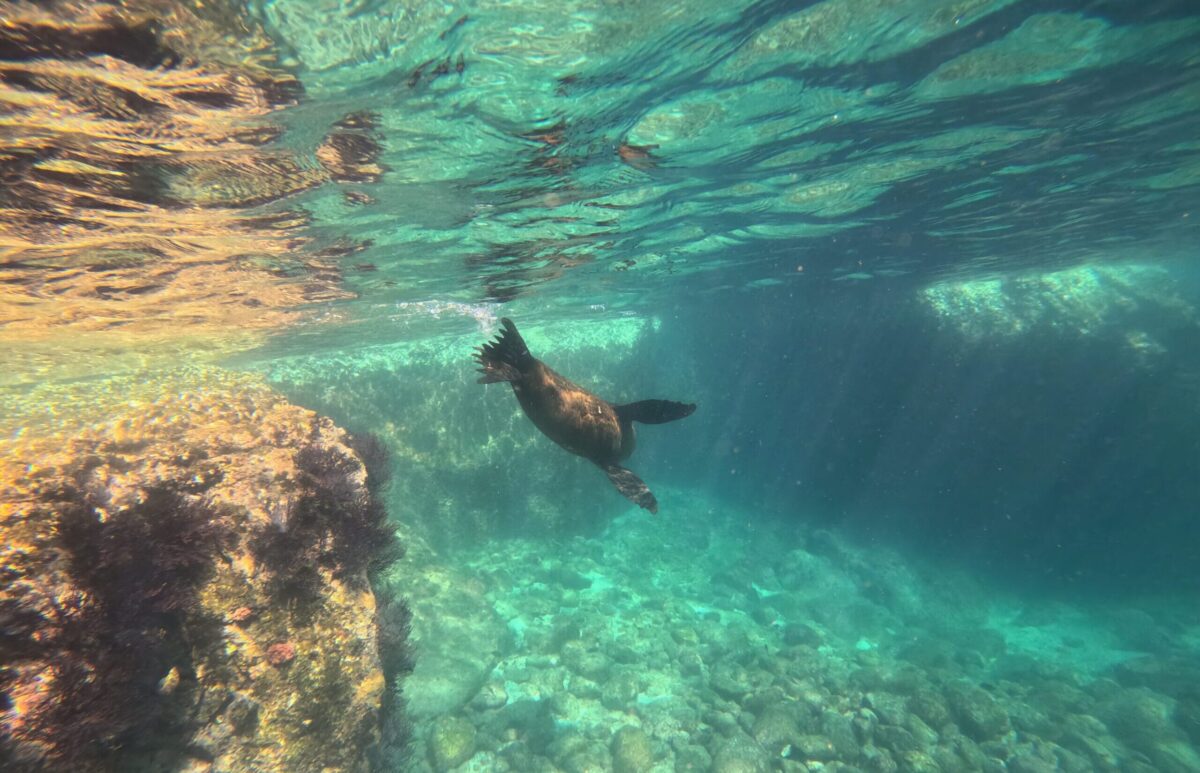
Community and coexistence
Everyone I speak to in La Paz has a story that is connected to the ocean. Many have come back to La Paz after living elsewhere, and most work in tourism. The university has a well-regarded active marine biology program that attracts experts from around the world. There’s a feeling of pride from those who play an active role in protecting this serene place.
“Our corner of Mexico is often compared to the Galapagos due to the incredible diversity of life found here,” On Board Baja’s Sanchez says. “It’s common to encounter pods of dolphins, sea lions, whale sharks, giant mantas, mobula rays, orcas and different species of whales. Here, these pelagic animals are just a short boat ride away. There are also other activities nearby, like kite surfing in La Ventana, surfing in Los Cerritos, world-class biking trails at El Sargento and hot springs at Sierra de la Laguna.”
Travel writer Kristen Gill discovered La Paz about 10 years ago and now lives here, running her own travel company Baja Sur Explorers. She says that La Paz is an undiscovered gem in Mexico and a vibrant Mexican city with a unique charm, attracting people who value conservation and adventure.
“As a solo woman living here, I feel incredibly safe and at ease,” she says of the family-friendly environment. “Picture this: grandparents strolling along the picturesque Malecón with their grandkids, students playing volleyball on the beach, and miles of scenic walking and biking paths to explore.”
A sunset walk along the Malecón tells you everything you need to know about La Paz. Between the sculptures of mermaids, whale sharks, dolphins and pearls, there is a steady flow of scooters, dogs, runners, dune bikes, skateboards and families, smiling and laughing. It’s the perfect model of coexistence.
Where to stay in La Paz
As a guest of the La Paz Tourism Board, I stayed at the brand-new Pagana Republica, which boasts the best views in La Paz from its rooftop restaurant, Azotea. Book it here. Afterwards, I spent a week at La Posada de las Flores la Paz, a delightful boutique hotel on the Malecon with two Italian restaurants on site. Book it here. I rented three different Airbnbs in my time there. Look on our Places to Stay Directory to find them and more.
Kristen also recommends Hotel 7 Crowns Malecón, Hotel 7 Crowns Central or Hotel Blu. The Baja Club Hotel on the Malecon has rooftop views and a private pool area.
Where to eat
In my four weeks in La Paz, I explored a range of restaurants, café and street food. Some of my favourites include Hambrusia, Los 32 Sabores, El Paraje, Quemadero, Olivia and Estancia Uruguaya. For coffee, try Doce Cuarenta Café, 3 Amigos Dessert Café, and for mezcal, Les Miserables. For basic groceries, Waldos, Chedraui, Ley, Dax or Mercado Madero for an authentic Mexican market experience. For ice cream, La Fuenta is the only choice of locals.
What to pack
La Paz is a desert climate and very low-key, so casual clothing is best, versus Caribbean resort-wear. In December – January, when I was there, temperatures are warm in the day time (around 21-25 degrees) and cooler in the evenings. It rarely rains except in the summer, but you will need a jacket and scarf; most of the locals wear puffy jackets but my jeans jacket was perfect. No high heels or flowy dresses, flip flops and sneakers are the norm. If you dress up you will stand out. I brought my Occer travel binoculars, a water-proof camera and mask and snorkel like this one if you want to go to the beach on your own. Don’t bring any books; instead, visit Silvia at Allende Books to exchange used books (she lived in Edmonton for 20 years). Silvia has a great selection of Isabelle Allende books (I recommend “A Long Petal of the Sea” if you haven’t read it.)
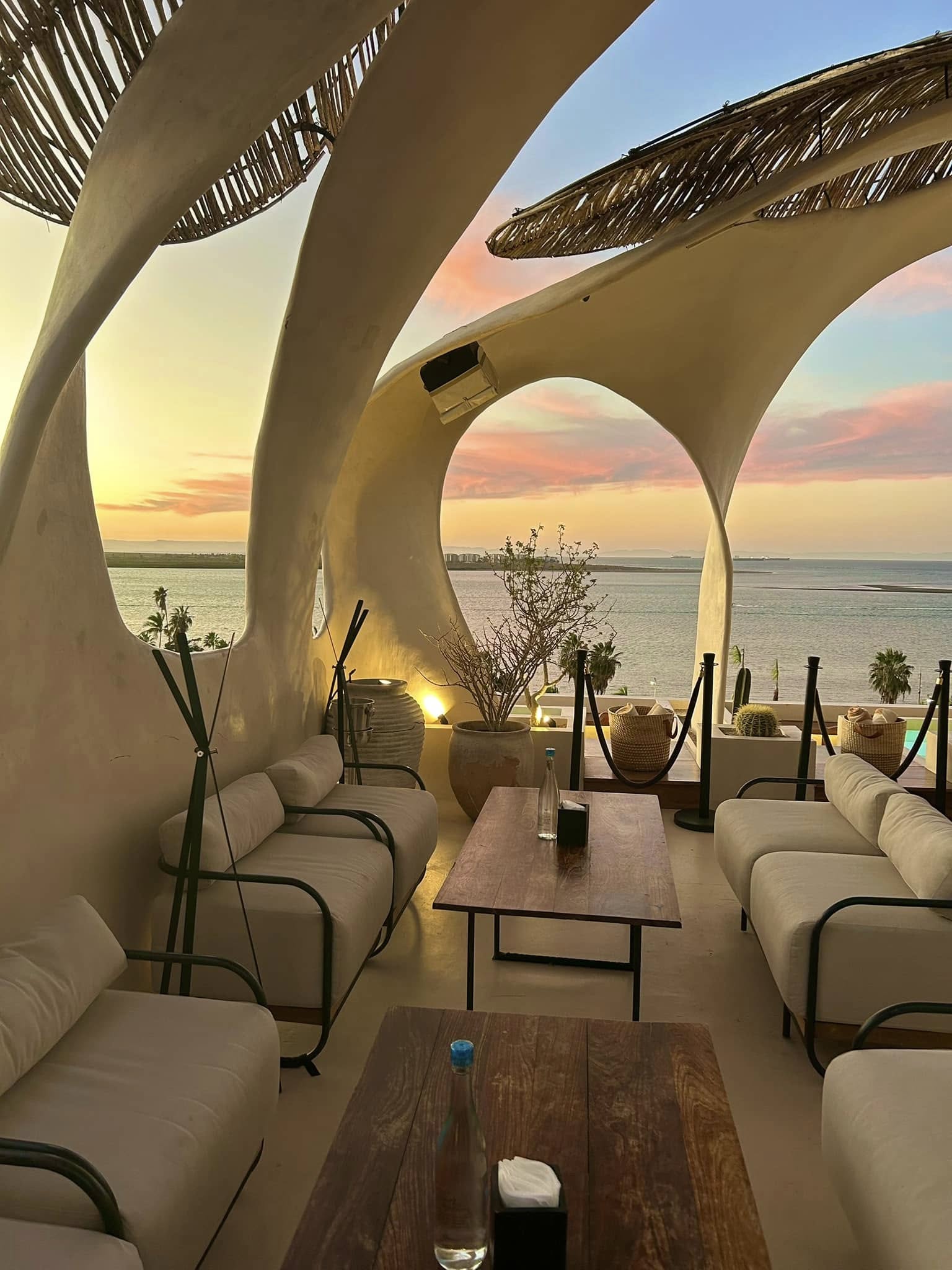
Getting around
You don’t need much cash; I used my Wise card on my phone to avoid currency charges. Sign up for Wise here!
To get to La Paz, fly into Cabos San Lucas and book a shuttle bus on the Ecobajatours website to the La Paz bus terminal on the Malecon (about 3 hours, for 700 pesos / $35USD), but note that the last bus leaves the airport at 5:30 pm. A one-way taxi costs $250USD. You can also fly into La Paz on Alaska Airlines from LAX.
To go to the beach, take the blue Playa Bus to Tecolote, the beach preferred by locals, for 70 pesos (cash, about US$3.50 each way.) There are restaurants on the beach. Balandra Bay is best seen from the water; there are no facilities there.
There are many car rental agencies along the Malecon. I used Enterprise several times for day trips to Todos Santos, La Ventana and Los Cerritos Beach. If you rent a car, be extremely careful in La Paz as the local police will pull you over for the slightest infraction. While it didn’t happen to me, I heard several stories of people who were pulled over. Having a small amount of Mexican pesos available (no more than 200 pesos/ 10 dollars USD) would be wise. Be wary of the speed bumps, four-way stops and one-way streets. Slow down and let people walk across the street at intersections, or you’ll be flagged as a tourist.
Bike rental is prolific along the Malecon. A bike is 130 pesos/ US$6 for one hour.
Disclaimer: Carolyn was a guest of the La Paz Tourism Board, Pagana Republica Hotel and On Board Baja Tours, who did not review this article prior to publication, for four days. She stayed for another month over the holidays with her family.
More on Conservation
Travel with Purpose: Volunteering at a Turtle Conservation Project in Costa Rica Makes My Dream Real
As a volunteer on a turtle conservation project in Costa Rica with Conservation VIP, I fulfilled a long-held dream to help baby turtles.
Transforming an Abandoned Quarry Into a Vineyard: A Story of Sustainability in Mallorca
On the wine-producing island of Mallorca, Spain, entrepreneur Virginia Pones is bringing an abandoned quarry back to life as a winery, reviving her husband’s family business.
How Women-Led Travel B Corps Are Balancing Profit With Purpose
Meet women entrepreneurs who are changing the rules of the game by transforming their businesses into certified B Corps.

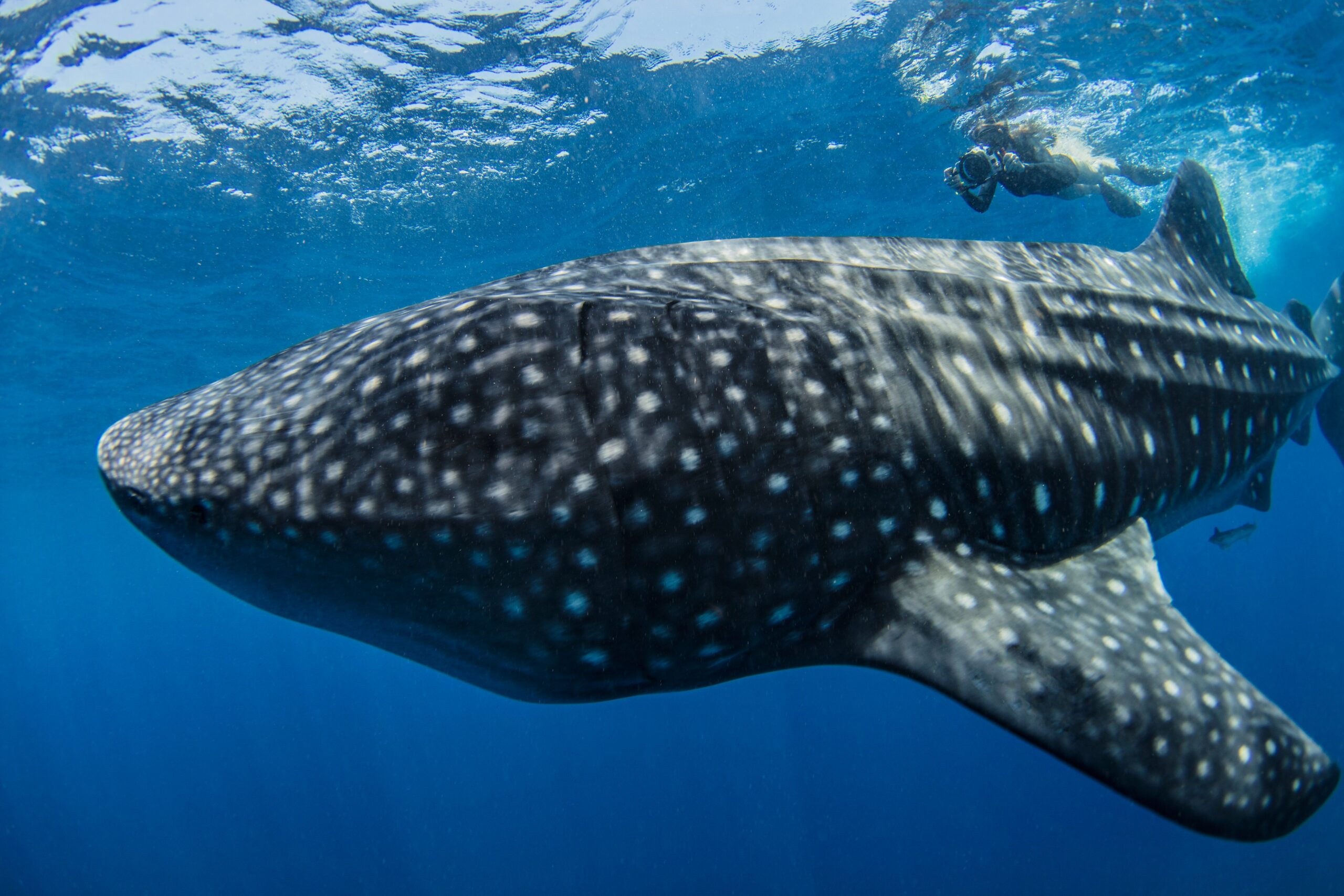



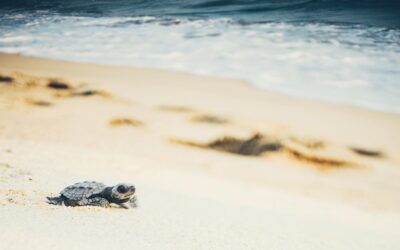

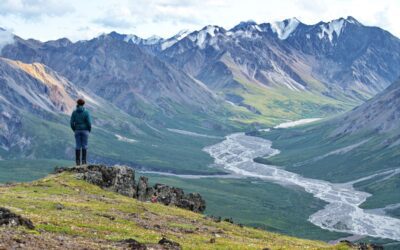
0 Comments
We always strive to use real photos from our own adventures, provided by the guest writer or from our personal travels. However, in some cases, due to photo quality, we must use stock photography. If you have any questions about the photography please let us know.
Disclaimer: We are so happy that you are checking out this page right now! We only recommend things that are suggested by our community, or through our own experience, that we believe will be helpful and practical for you. Some of our pages contain links, which means we’re part of an affiliate program for the product being mentioned. Should you decide to purchase a product using a link from on our site, JourneyWoman may earn a small commission from the retailer, which helps us maintain our beautiful website. JourneyWoman is an Amazon Associate and earns from qualifying purchases. Thank you!
We want to hear what you think about this article, and we welcome any updates or changes to improve it. You can comment below, or send an email to us at [email protected].